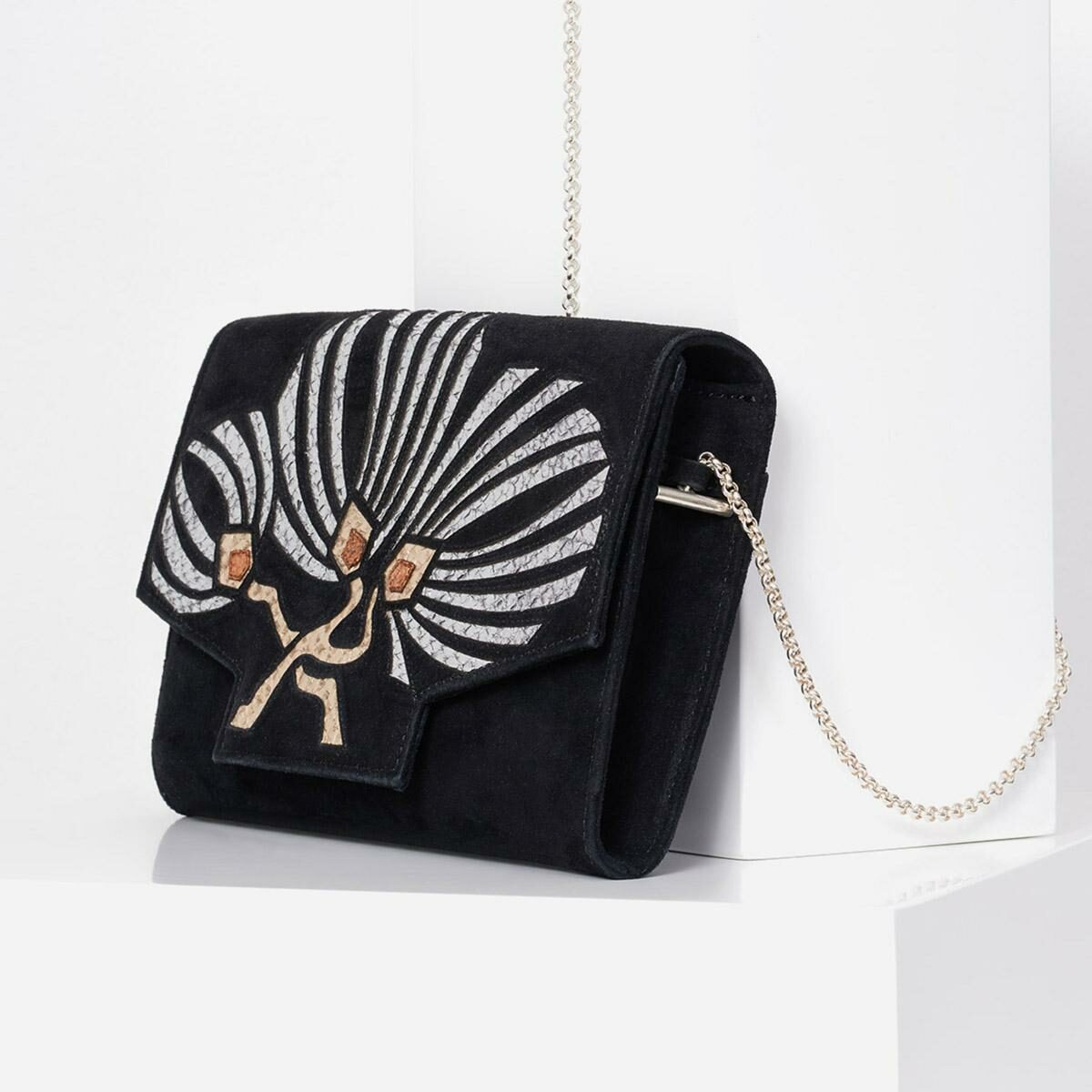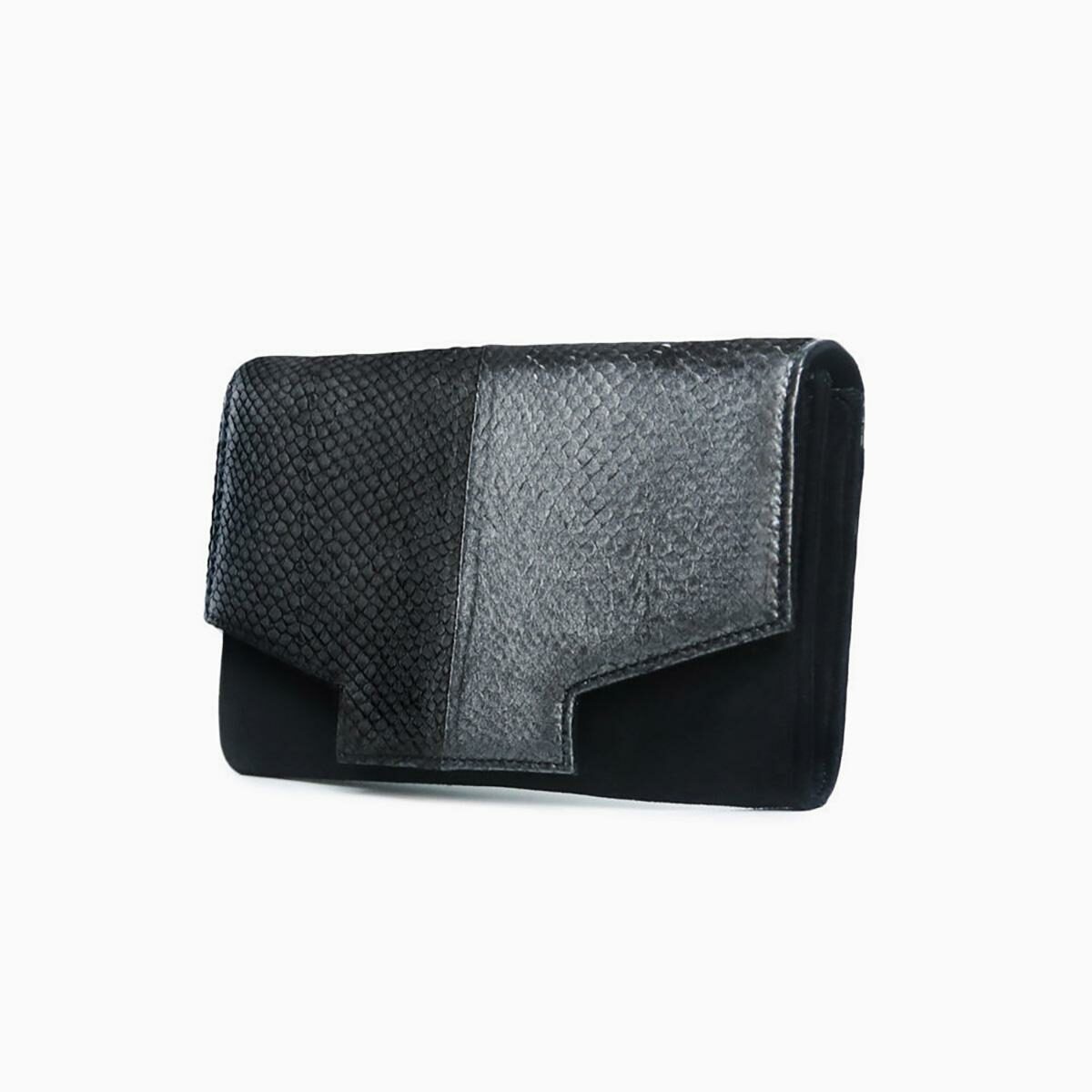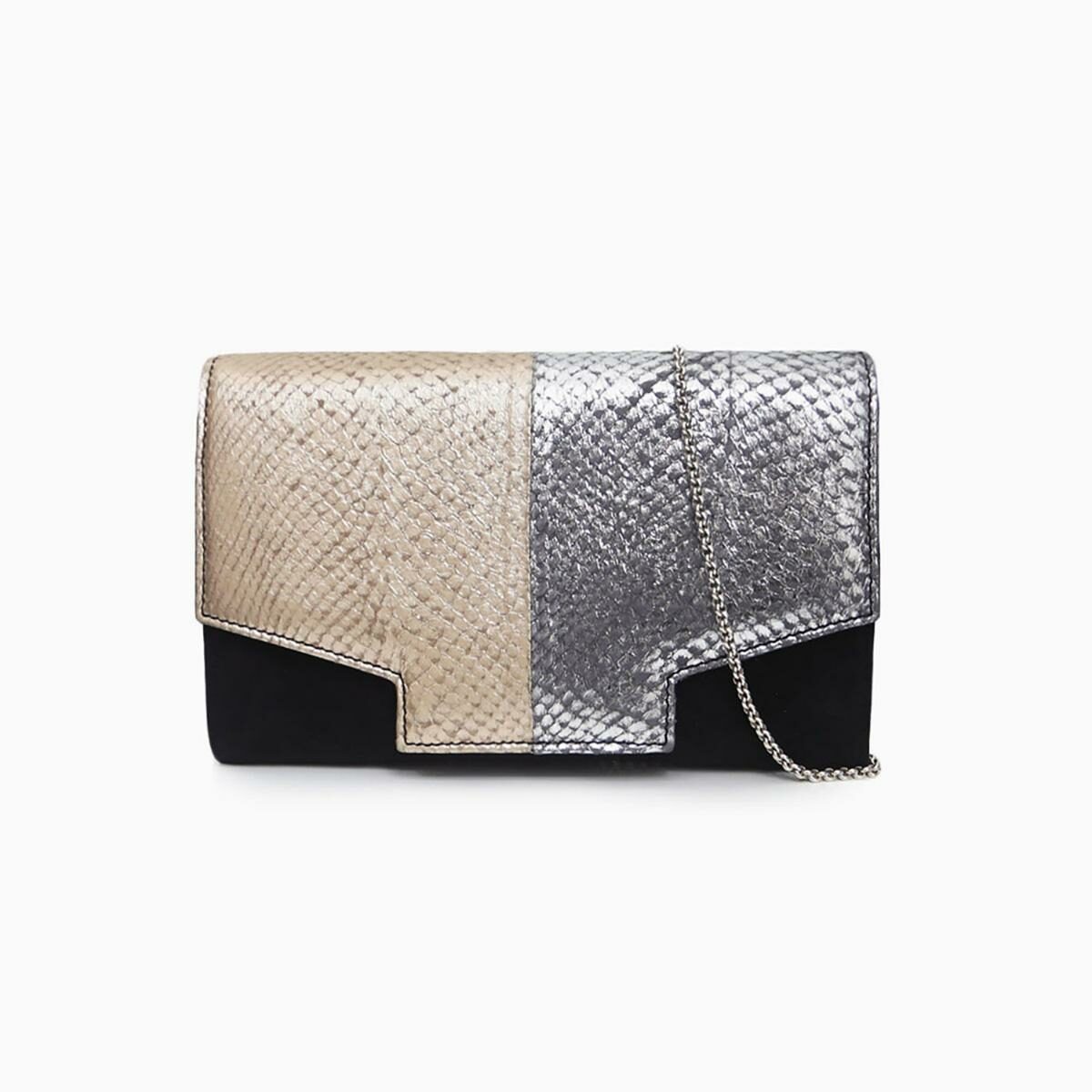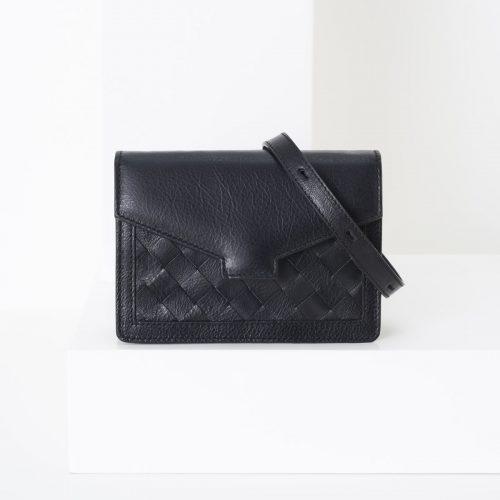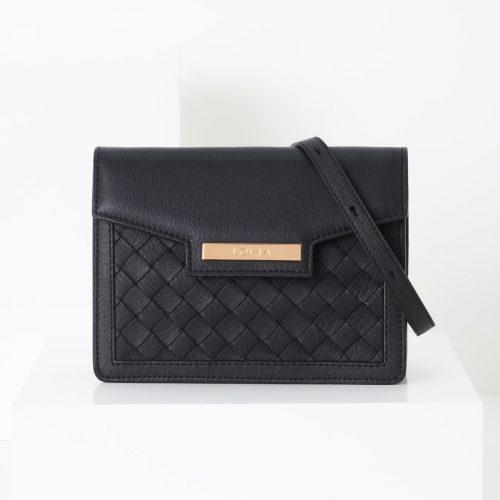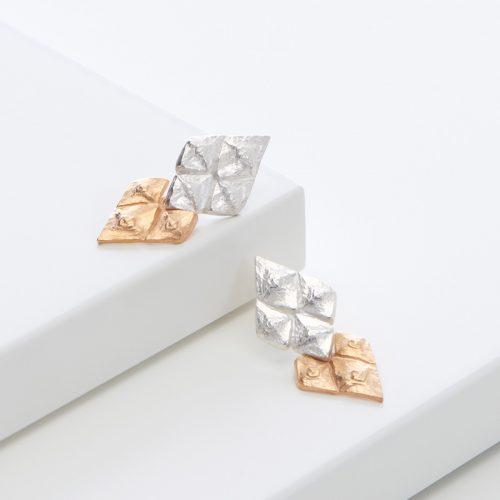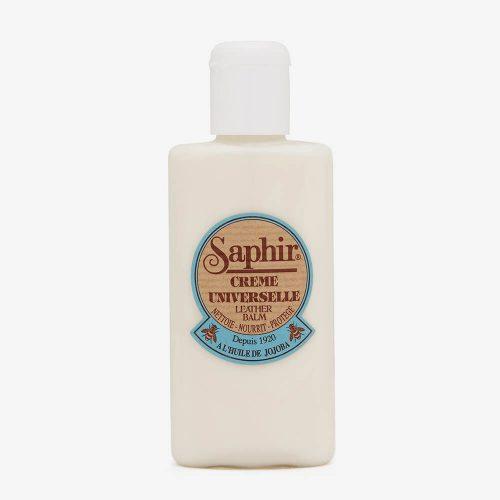Ahlskog
REINDEER SUEDE
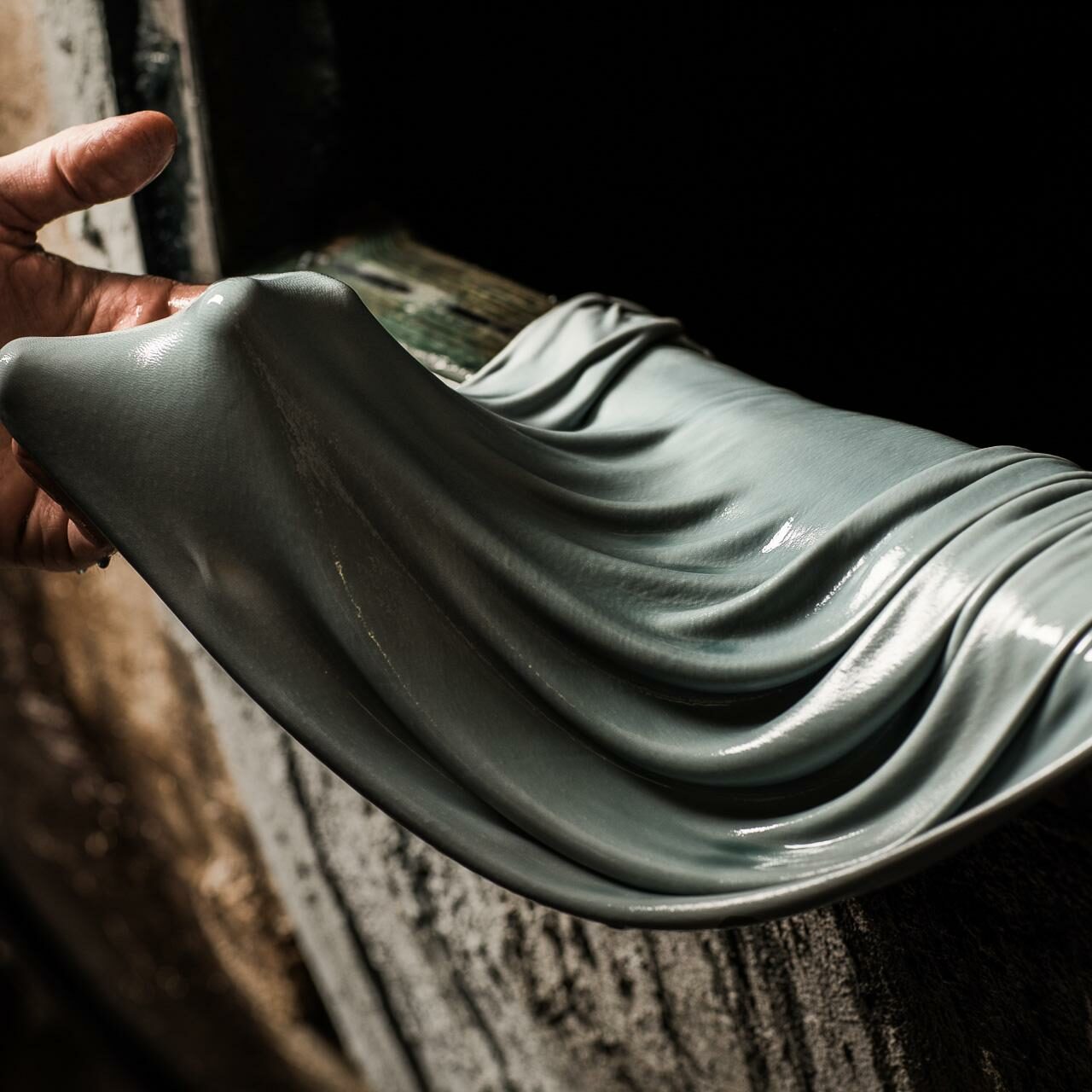
Tanned goods from Kruunupyy
In order for us to create bags that truly stand the test of time, the used material must be of the highest quality. One of our material partners is Ahlskog, located in Kruunupyy, Finland. They possess over 100 years of experience in leather production, as they have been operated since the 1920s.
Their strengths include not only high quality leather, but also a strict policy when it comes to environmental requirements. This shows strongly in e.g. their efforts to minimise water consumption in the production process: they use only around 15-20 litres per tanned hide.
EST. 1945
EMPLOYEES: 8
LOCATION: KRUUNUPYY, SUOMI
Reindeer suede turned into bags
The local organisations in the reindeer herding area sell the reindeer hides each fall. In Finnish Lapland there are 56 of these organisations, each in charge of herding and the reindeer economy in their area. The price of the hides varies annually depending on demand and offering. This is also how Ahlskog attains their hides.
There are roughly 200 000 reindeer living in Finland. They are semi-wild domesticated animals that are let free to pasture on the fells and Forest-Lapland area. Herding reindeer is a traditional livelihood for Sami people and it has made living North of the arctic circle possible for centuries. The herding is done for the meat, milk and hides. Reindeer suede is a luxurious material that has unique features. As a material it is soft and light, but when necessary, it demonstrates its true Finnish characteristics: relentlessness and durability.
The reindeer suede utilised in Lovia bags all comes from Ahlskog’s factory, located in Kruunupyy. The material is dyed and tanned at the Ahlskog facility in a closely monitored process. Tanning is a phase in the leather processing, meant to increase the hide’s durability.. There are three different tanning methods being used at their factory: chrome tanning, vegetable tanning and synthetic (metal-free) tanning. The last of these is the one used in the new materials produced for Lovia.
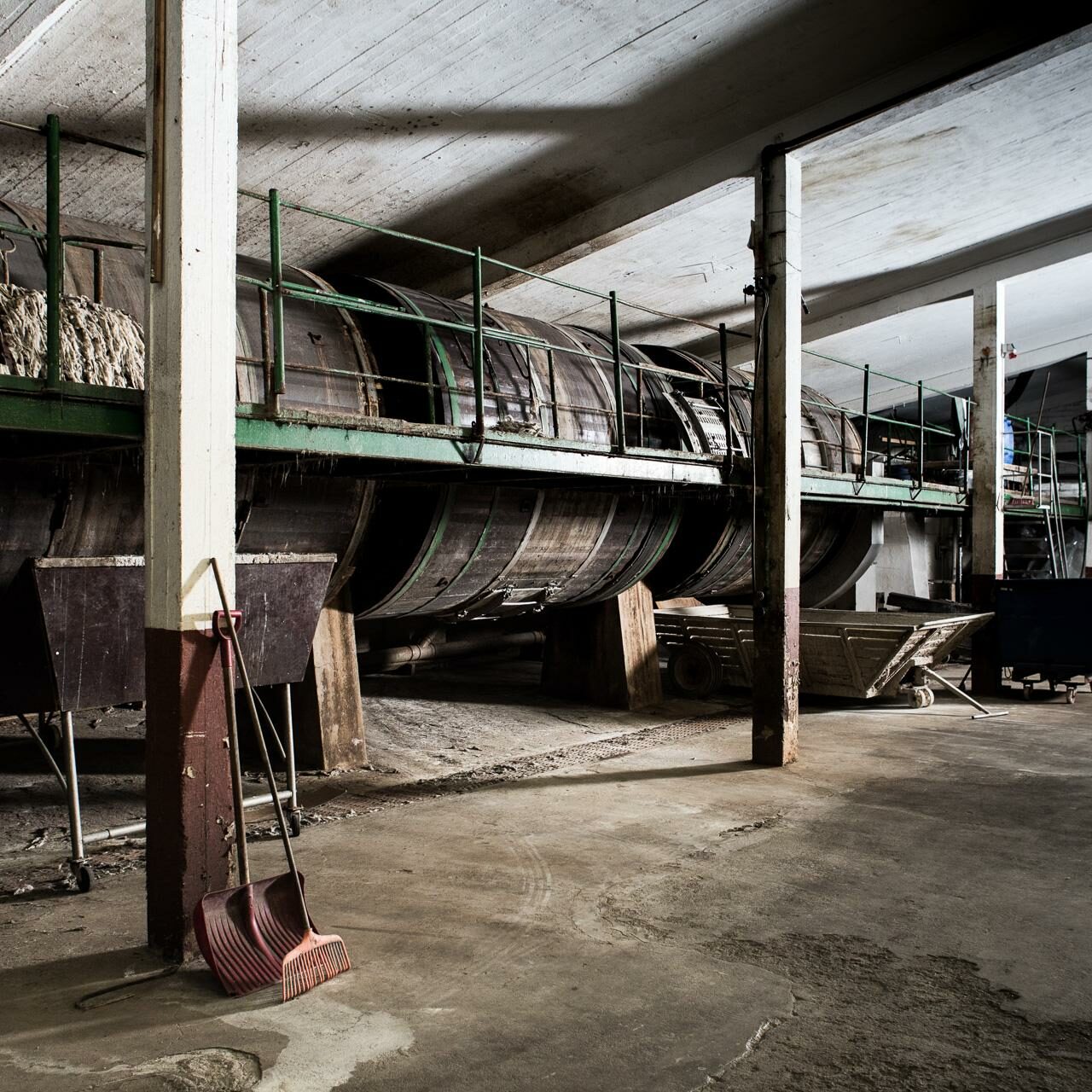
Greetings from Kruunupyy
“It is important for us to utilise mainly Finnish raw materials: reindeer and deer. Reindeer is locally produced, lived in nature and as an excess of meat production is derived leather. On the other hand, the deer population has grown so large that we can also utilise the population control derived hides. All in all, our aim is to always act in the most ecological way possible, by utilising only little water and by making sure the chrome in our process is handled correctly. The chemicals, that are the same ones used by the textile industry, all come from secured and safe European actors.
We love how Lovia has progressed the transparency in our industry as well as the general theme of recycling. Visits to our factory and at times difficult questions from them are highly valued!”
-Mikko Uusitalo, Ahlskog
Always room for improvement
We are already doing some amazing things together with Ahlskog, but it is important to remember that putting less strain on our environment is a continuous development process. So, there is always room for improvement.
Some of our bags still feature the reindeer suede, but in all future models it will be replaced by deer suede, also from Ahlskog. Deer suede is brought on by population control hunting, and we feel this makes for a more ethical choice for us.
We also want to continuously develop the material process towards better for our planet. Together with Ahlskog we share the vision for a chrome-free future, meaning that the use of chrome would be eliminated from the tanning process. Although chrome tanning is done responsibly at our partner Ahlskog, vegetable tanning would still be the preferred option for our planet. Currently, however, there are issues with the substance utilised with vegetable-tanning, and no perfect solution is available. We would love to have an alternative to chrome used in tanning, from a renewable, locally produced substance.
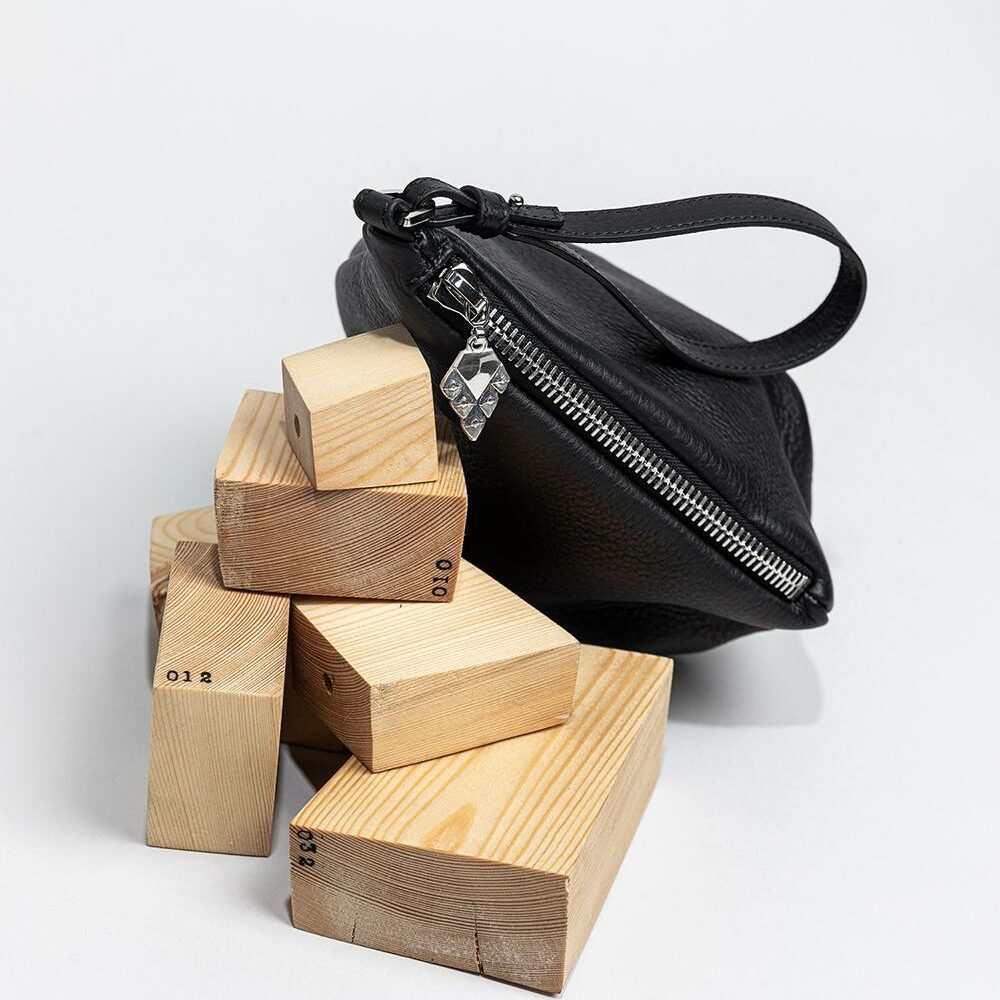
Ahlskog
REINDEER SUEDE
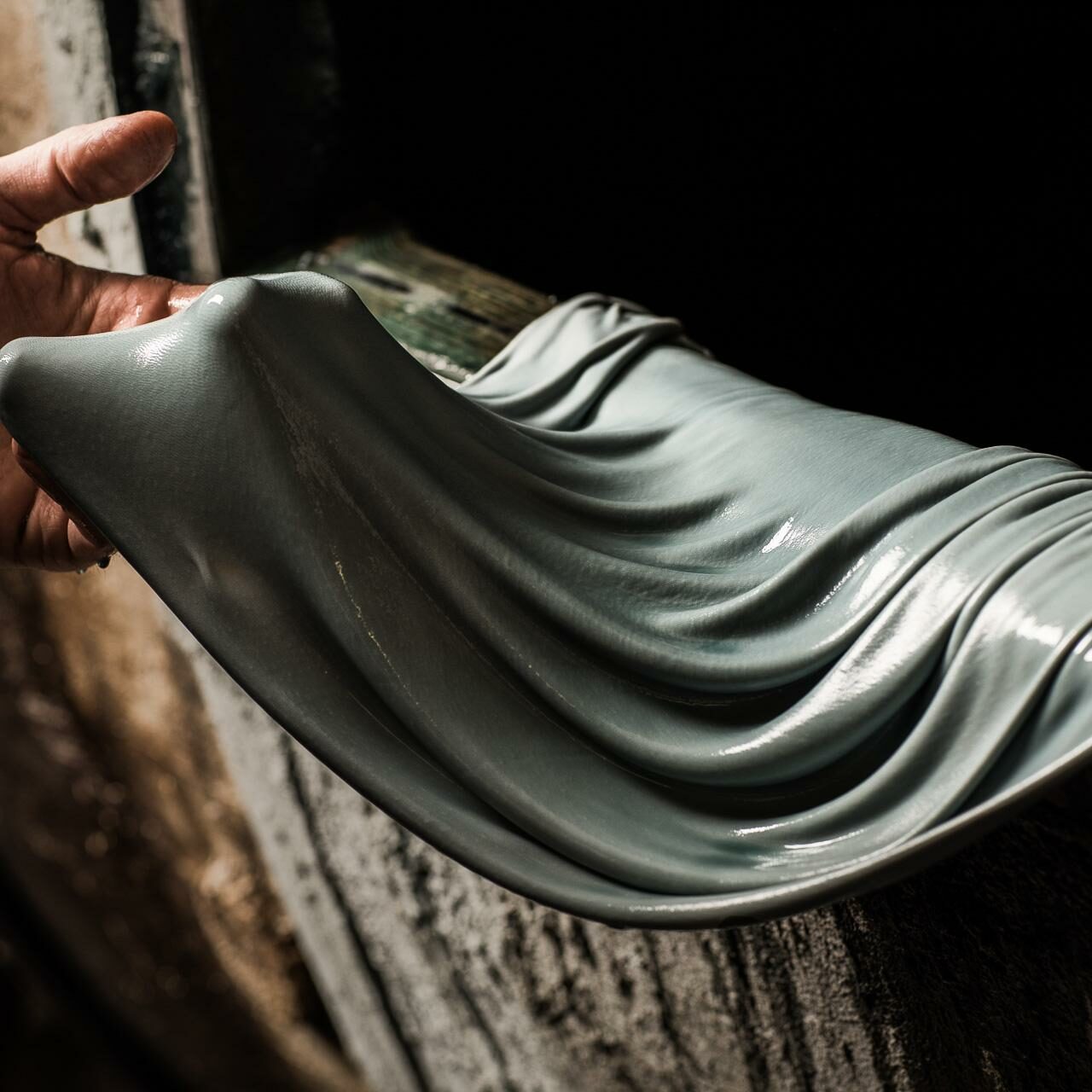
Tanned goods from Kruunupyy
In order for us to create bags that truly stand the test of time, the used material must be of the highest quality. One of our material partners is Ahlskog, located in Kruunupyy, Finland. They possess over 100 years of experience in leather production, as they have been operated since the 1920s.
Their strengths include not only high quality leather, but also a strict policy when it comes to environmental requirements. This shows strongly in e.g. their efforts to minimise water consumption in the production process: they use only around 15-20 litres per tanned hide.
EST. 1945
EMPLOYEES: 8
LOCATION: KRUUNUPYY, FINLAND
Reindeer suede turned into bags
In order for us to make environmentally-smart choices, we need information. This is why we want to tell everything about where the leather from Ahlskog comes from.
The local organisations in the reindeer herding area sell the reindeer hides each fall. In Finnish Lapland there are 56 of these organisations, each in charge of herding and the reindeer economy in their area. The price of the hides varies annually depending on demand and offering. This is also how Ahlskog attains their hides.
There are roughly 200 000 reindeer living in Finland. They are semi-wild domesticated animals that are let free to pasture on the fells and Forest-Lapland area. Herding reindeer is a traditional livelihood for Sami people and it has made living North of the arctic circle possible for centuries. The herding is done for the meat, milk and hides.
Reindeer suede is a luxurious material that has unique features. As a material it is soft and light, but when necessary, it demonstrates its true Finnish characteristics: relentlessness and durability.
The reindeer suede utilised in Lovia bags all comes from Ahlskog’s factory, located in Kruunupyy. The material is dyed and tanned at the Ahlskog facility in a closely monitored process. Tanning is a phase in the leather processing, meant to increase the hide’s durability.. There are three different tanning methods being used at their factory: chrome tanning, vegetable tanning and synthetic (metal-free) tanning. The last of these is the one used in the new materials produced for Lovia.
Greetings from Kruunupyy
“It is important for us to utilise mainly Finnish raw materials: reindeer and deer. Reindeer is locally produced, lived in nature and as an excess of meat production is derived leather. On the other hand, the deer population has grown so large that we can also utilise the population control derived hides. All in all, our aim is to always act in the most ecological way possible, by utilising only little water and by making sure the chrome in our process is handled correctly. The chemicals, that are the same ones used by the textile industry, all come from secured and safe European actors.
We love how Lovia has progressed the transparency in our industry as well as the general theme of recycling. Visits to our factory and at times difficult questions from them are highly valued!”
-Mikko Uusitalo, Ahlskog
Always room for improvement
We are already doing some amazing things together with Ahlskog, but it is important to remember that putting less strain on our environment is a continuous development process. So, there is always room for improvement.
Some of our bags still feature the reindeer suede, but in all future models it will be replaced by deer suede, also from Ahlskog. Deer suede is brought on by population control hunting, and we feel this makes for a more ethical choice for us.
We also want to continuously develop the material process towards better for our planet. Together with Ahlskog we share the vision for a chrome-free future, meaning that the use of chrome would be eliminated from the tanning process. Although chrome tanning is done responsibly at our partner Ahlskog, vegetable tanning would still be the preferred option for our planet. Currently, however, there are issues with the substance utilised with vegetable-tanning, and no perfect solution is available. We would love to have an alternative to chrome used in tanning, from a renewable, locally produced substance.

